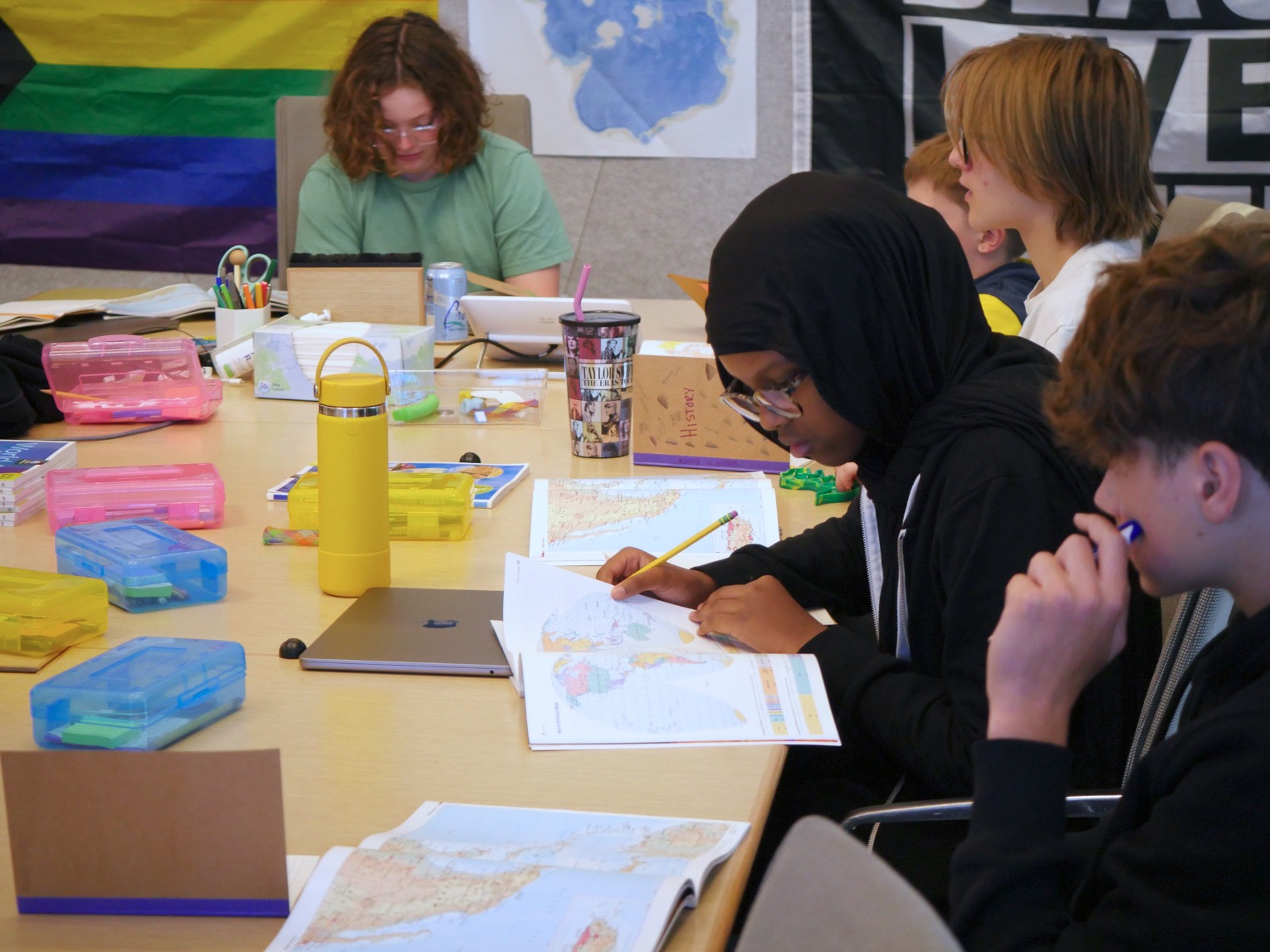“Maybe like Haiti when they lost all their trees? Or the emus! But why would someone migrate for health?”
After submitting their Mock Trial research from last week’s showcase, 9th Grade World Historians dove into some history of western South America in their new unit, centered on the essential question: Why do people move? Students generated all the reasons they could think of why people would individually or collectively leave one area for another. Their ideas ranged from “for adventure” to “for love and education” to “because you have to, like it’s not safe where you are or someone makes you.” They defined emigration/immigration and considered scenarios for moving that might be categorized as a “push” or a “pull.”
[You might go] because you have to, like it’s not safe where you are or someone makes you.
They also continue to add new moments to their group’s world history timeline, then giving feedback on an assigned peer’s timeline additions. They read the short article “A Century of Refugees” and considered it alongside data on ways that migration is accelerating in the last decade or so, and involuntary migration more so than voluntary. In keeping with a year-long routine they also used their atlases to solve a series of game-like, map clues to answer “Where is Carmen San Diego?” And they reviewed requirements for a podcast project, where each student will analyze a recent event in world news and tie it to historical trends between 1492-2000 along an assigned theme, like conflict and cooperation, migration and identity, environment and progress, and more. Through their thematic studies of world history, our students are building a wide range of skills for practicing history—they are map makers and readers, researchers and analysts, philosophers and curators, writers and creators.

